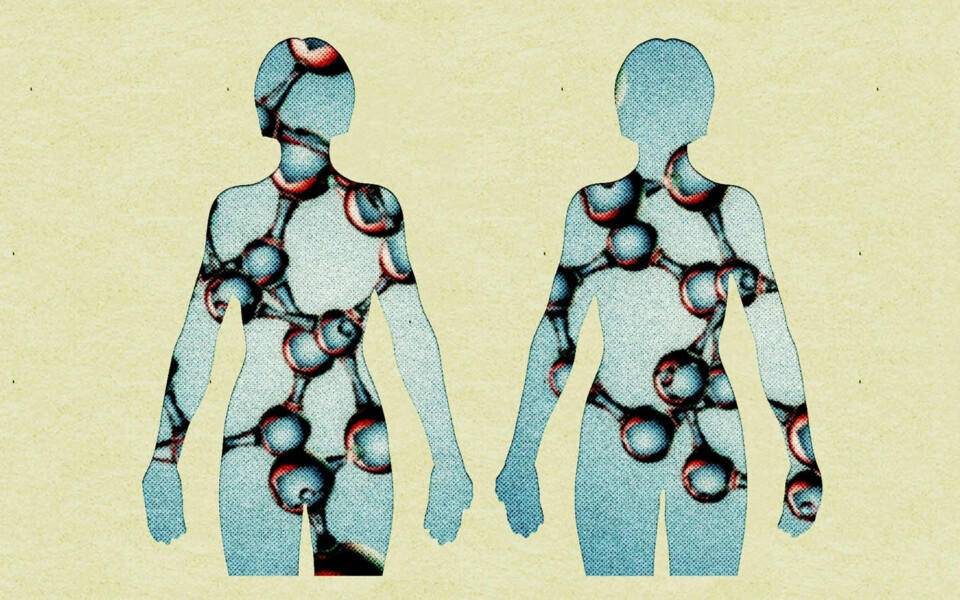The CRISPR Era Is Here
When Victoria Gray was still a baby, she started howling so inconsolably during a bath that she was rushed to the emergency room. The diagnosis was sickle-cell disease, a genetic condition that causes bouts of excruciating pain—“worse than a broken leg, worse than childbirth,” one doctor told me. Like lightning crackling in her body is how Gray, now 38, has described the pain. For most of her life, she lived in fear that it could strike at any moment, forcing her to drop everything to rush, once again, to the hospital.
After a particularly long and debilitating hospitalization in college, Gray was so weak that she had to relearn how to stand, how to use a spoon. She dropped out of school. She gave up on her dream of becoming a nurse.
Four years ago, she joined a groundbreaking clinical trial that would change her life. She became the first sickle-cell patient to be treated with the gene-editing technology CRISPR—and one of the first humans to be treated with CRISPR, period. CRISPR at that point had been hugely hyped, but had largely been used only to tinker with cells in a lab.


